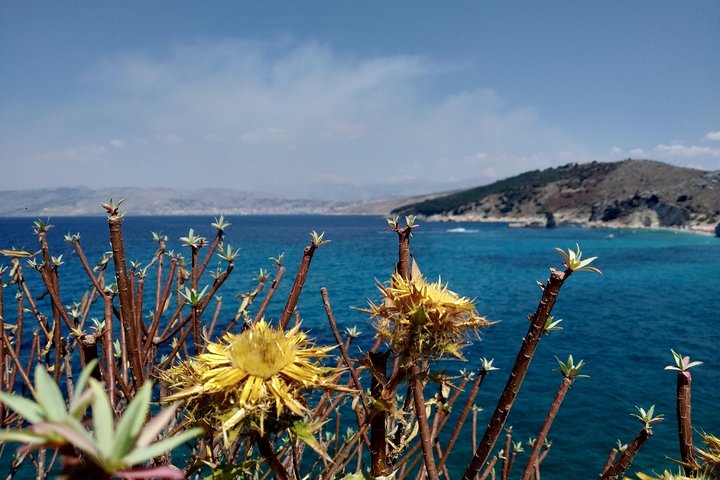Unveiling the Secrets of Konispol: A Journey Through Time and Taste
Drawn by the allure of history and architecture, I ventured to Konispol in southern Albania, eager to uncover its secrets and savor its traditional cuisine. What I found was a town steeped in resilience and rich in stories.
A Journey Through Time in Konispol
The air was thick with the scent of citrus as I stepped into the town of Konispol, a place where time seemed to have paused, allowing the past to linger in every corner. The town, nestled in the southern reaches of Albania, whispered stories of resistance and resilience, its architecture a testament to a bygone era. As I wandered through the narrow streets, the distinctive houses stood like sentinels, their facades bearing the marks of history, each crack and crevice telling tales of a time when the town stood firm against the tides of communism.
The allure of Konispol lay not just in its history, but in its very bones—the architecture that spoke of a time when buildings were crafted with care, each stone laid with purpose. The town’s resistance to communism was palpable, a silent defiance etched into the very fabric of its structures. As I explored, I couldn’t help but draw parallels to the decaying remnants of Soviet-era cities I had wandered through in the past. Here, however, the decay was not of neglect, but of a proud history that refused to be forgotten.
The Hidden Caves and Their Secrets
Beyond the town’s surface, Konispol held deeper secrets, hidden within the seven caves discovered in 1992. These caves, relics of the Paleolithic era, were a portal to a world long past, their darkened interiors echoing with the whispers of ancient inhabitants. As I ventured into the cool, shadowed depths, I felt the weight of history pressing down, a tangible reminder of the passage of time.
The caves were a stark contrast to the sunlit streets above, their walls adorned with the marks of early human life. It was here, in the quiet solitude of these ancient chambers, that I felt a connection to the past, a thread linking me to those who had walked these paths millennia before. The experience was both humbling and exhilarating, a reminder of the transient nature of human existence and the enduring legacy of those who came before us.
A Taste of Tradition
No journey to Konispol would be complete without indulging in its culinary heritage, a tradition as rich and varied as the town’s history. The local cuisine, a symphony of flavors, was a testament to the region’s agricultural bounty. The olive plantations, with their gnarled trees and sun-drenched fruits, provided the foundation for many of the dishes, their oils infusing each bite with a taste of the land.
The Mandarin Festival, a celebration of the town’s famed mandarins, was a feast for the senses. The vibrant colors and intoxicating aromas filled the air, a reminder of the town’s connection to the earth and its cycles. As I savored each dish, I felt a deep appreciation for the traditions that had been passed down through generations, a culinary legacy that spoke of resilience and community.
Konispol was a place where history, architecture, and tradition converged, creating a tapestry of experiences that lingered long after I had left its sun-dappled streets. It was a journey into the heart of a town that had weathered the storms of time, its spirit unbroken and its stories waiting to be told.







































